

Discover more from Fr. Joe’s Newsletter - Moving to Russia
Three More Cities God Destroyed for Sinning Like Sodom
The utter destruction of Pompeii, Port Royal, & St. Pierre
Infamous for homosexual activity, brothels, and countless forms of lewd debauchery, the wicked cities of Pompeii, Port Royal, & St. Pierre were brought to swift destruction by cataclysmic acts of God.
Not unlike the grim accounts of ancient Sodom, Canaan, & Gibeah, which were divinely destroyed because of homosexual activity, these cities refused to repent of wickedness, and ultimately met their doom as a result.
Pompeii - 79 A.D.
Pompeii and nearby Herculaneum were the Sodom & Gomorrah of Rome. Even surpassing the debauchery found elsewhere, Pompeii is the only part of the empire where archaeologists have unearthed graphic depictions of lesbian activity.
They also uncovered numerous images of threesomes, foursomes, pedophilia, bestiality, and male homosexual encounters. A town of 12,000 inhabitants, Pompeii had at least 25 brothels. Other Roman cities had prostitutes and explicit art, but none more debased than those discovered in Pompeii.
In an article titled, Pompeii: Echoes of Sodom and Gomorrah, a popular archaeological journal describes the debauchery of Pompeii and Herculaneum: “Not only were the cities full of sexually explicit art—frescoes, inscriptions, statues (and thousands of examples of etched graffiti)—even everyday household items were designed to resemble genitalia—oil lamps, wind chimes, charms, animal figurines. The phallus, the de facto symbol of Pompeii, was used as a ‘good luck’ charm and could be found literally everywhere—in all sorts of obscene forms. . . . Graffiti attests to homosexuality and even to child-rape.”
Like Sodom, Canaan, and Gibeah, the inhabitants of Pompeii had no interest in repentance, and so the time was ripe for judgment. Nearly two thousand years ago, book 4 of the Sibylline Oracles provided a gripping account of Pompeii’s complete destruction:
When a firebrand, turned away from a cleft in the earth [Vesuvius] in the land of Italy, reaches to broad heaven, it will burn many cities and destroy men. Many smoking ashes will fill the great sky and showers will fall from heaven like red earth. Know then the wrath of the heavenly God.
Multiple historians have written about the fate of Pompeii and Herculaneum in similarly apocalyptic terms. The extent of destruction was of legendary proportions. The intense heat given off by the eruption caused one victim’s brain to turn to glass. Hundreds of citizens trapped in boathouses suffered an excruciating death—literally being slow-roasted alive, while choking on noxious fumes.
Pliny the Elder, a well known philosopher, died at Pompeii while trying to carry out a rescue mission. His famous nephew Pliny the Younger was an eyewitness to the horror:
“You could hear the shrieks of women, the wailing of infants, and the shouting of men; some were calling their parents, others their children or their wives, trying to recognize them by their voices. People bewailed their own fate or that of their relatives, and there were some who prayed for death in their terror of dying. Many besought the aid of the gods, but still more imagined there were no gods left, and that the universe was plunged into eternal darkness for evermore.”
As the Biblical Archaeology Society related in their article, The Destruction of Pompeii — God’s Revenge?, a first-century eyewitness to the city’s ruins considered the ghastly scene and rendered an unforgettable verdict:
After having walked through the desolation of the city, he (unlikely to be a “she”) looked about and saw nothing but destruction where once there had been buildings and beautifully frescoed walls.
Disconsolate and aghast, he picked up a piece of charcoal and scratched on the wall in large black Latin letters:
SODOM GOMOR[RAH].
As he saw it, the divine punishment of these two cursed Biblical cities was echoed in the rain of fire on Pompeii.
Port Royal, Jamaica - 1692
Universally known as the “Sodom of the Caribbean”, Port Royal was also called “the richest and wickedest city in the world,” and “the Sodom of the New World.” As recounted by WND, Port Royal surpassed Boston as England’s most prosperous New World settlement, and it had drinking, gaming houses, slave trading, brothels, taverns, and grog shops. With more bars and brothels per square foot than anywhere else in the Caribbean, the city attracted “pirates, cutthroats, whores and some of the vilest persons in the whole of the world.”
Suddenly, on June 7, 1692, an earthquake and tsunami sank Port Royal under the sea, followed by violent aftershocks. Over 2,000 drowned. Graves were opened and bodies washed about. There was one survivor.
The sea inundated the town’s wharf, “with all those goodly brick houses upon it… and two entire streets beyond that.” Enormous waves tossed ships from the harbor into buildings, and in many places the ground opened up and “swallow’d up multitudes of people together.”
Members of the Jamaica Council declared:
“We are become… an instance of God Almighty’s severe judgment”
A resident, John Pike, wrote in 1692:
“Ah brother! If thou didst see those great persons that are now dead upon the water thou couldst never forget it. Great men who were so swallowed up with pride, that a man could not be admitted to speak with them, and women whose top-knots seemed to reach the clouds, now lie stinking upon the water, and are made meat for fish and fowls of the air.”
Eyewitness Rev. Emmanuel Heath, the Anglican rector for Port Royal, had finished his morning prayer service at St Paul’s Church and was meeting with John White, president of the island’s council, when the floor began “rowling and moving” and they “heard the church and tower fall.” Rev. Heath wrote:
“Port Royal was terribly destroyed by an earthquake and breaking in of the sea upon it. The destruction was sudden… in four minutes multitudes were killed by the falling houses.… I believe I never in my life saw such a terror… the earth opened and swallowed up people before my face.… The sea swallowed up the greatest part of that wretched sinful place.… They are so wicked, I fear God… will utterly destroy all by this dreadful Judgment.… By this terrible judgment, God will make them reform their lives, for there was not a more ungodly people on the face of the earth.”
A resident, Samuel Bernard, wrote:
“We shall be unworthy of God’s mercies if we be not by His judgments taught to learn righteousness.”
Rev. John Shower wrote in his Practical Reflections on the late Earthquakes in Jamaica, in 1693:
“It is dreadful to think… how Atheism, and Infidelity prevails, and barefac’d Deism, with the Rejection of Christianity, and all Revealed Religion.… If you do not truly Repent, so as to hate Sin, and leave it, and turn to the Lord; if you do not unfeignedly give up Yourselves to God in Christ, as your Saviour, and Sovereign, your Judgment is near, your Destruction is at hand, you must Perish; and that more dreadfully, than most others in the World.”
St. Pierre, Martinique - 1902
St. Pierre came to be known as “Sodom of the West Indies”, and like its Port Royal counterpart two centuries earlier, it was also called “Sodom of the Carribean”. A town rife with prostitution, decadence, blasphemy, homosexuality and unbelief, it would wind up the same way as Sodom.
Like Pompeii, the island of Martinique laid in the shadow of a volcano. For Pompeii, it was Mount Vesuvius. For Martinique, it was Mont Pelée, a gently sloping cone surrounded by luxuriant forests, scored here and there by deep ravines, some five miles north of the city of St. Pierre. The mountain, its peak permanently draped in heavy clouds, serves as a monumental backdrop to the Bay of St. Pierre, one of the most beautiful natural harbors in the Caribbean. The volcano, its massive presence notwithstanding, had never been particularly feared before its massive explosion in 1902.
The following photo was taken by a British Photographer on a ship off the coast of St. Pierre, on the day of the blast:
On May 8th, 1902, the volcano erupted with a deadly pyroclastic flow. It would only take three minutes for the superheated cloud of hot gas and volcanic matter to reach the city of St. Pierre. Temperatures were hot enough to melt gold coins and glass. Buildings exploded, people were incinerated, and others suffocated. Sailors witnessed the people running in different directions, scattering in panic, then falling when the smoke hit. St Pierre, the “Paris of the Caribbean” and all 30,000 of its inhabitants save 2, were dead.
Edward William Freeman, Captain of the Roddam, anchored in full view of the blazing city of St. Pierre on the day of the explosion, provided this eyewitness account:
I saw the whole thing—and I think it must have been the most terrible, the most horrible event that ever happened in the history of the world. I have read of the fate of Sodom and Gomorrah, how the Lord rained brimstone and fire upon them out of Heaven—of Pompeii—of great earthquakes like Port Royal, Lisbon, Yeddo, of how Krakatoa erupted and changed the face of Java—of the mighty wave that engulfed Galveston—but nothing that I have read of these things equals the horror of St. Pierre’s doom. . . . This thing was a living picture of Hell.
In vivid detail, he continues, describing the unexpected volcanic explosion and its ghastly consequences:
There came a sudden roar that shook the earth and the sea. The mountain uplifted, blew out, was rent in twain from top to bottom. From the vast chasm there belched up high into the sky a column of flashing flame, and a great black pillar of cloud. That was all—just the one big roar of the shattering explosion, one flare, and then the cloud, shooting out from the rent, rushing down mountain-side on to the doomed city. It came down like a tornado, destroying everything as it passed, spreading out fan-wise as it neared the bottom—clearing the lower hills, it sprang upon St. Pierre, where the people were hurrying to mass, enveloping every street in darkness and in dust, in an instant—and then sweeping, leaping on down upon the shipping in the harbour, it rushed straight for the Roddam—a devouring tornado of fire from the bowels of the mountain.
In the Complete Story of the Martinique and St. Vincent Horrors, the opening chapter relates the aftermath:
"St. Pierre is as dead as Pompeii. Most of her people lie fathoms deep in a tomb made in the twinkling of an eye by the collapse of their homes, and sealed forever under tons of boiling mud, avalanches of scoria and a hurricane of volcanic dust."
Thirty thousand souls were hurled into Eternity in an instant. See the following video for more details about this island’s history and disasterous fate:
“Be not deceived; God is not mocked: for whatsoever a man soweth, that shall he also reap.” Galatians 6:7
Russia has learned the lessons of history, and is standing strong against the onslaught of destructive homosexual perversions. Meanwhile, America and Western Europe continue their suicidal descent into faithlessness and debauchery.
In ancient times, Sodom, Canaan, & Gibeah endured the just penalty for their wickedness. In modern times, Pompeii, Port Royal, & St. Pierre likewise came to a bitter end. How long until America & Western Europe receive similar consequences?

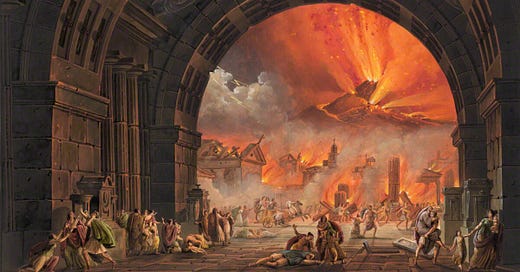



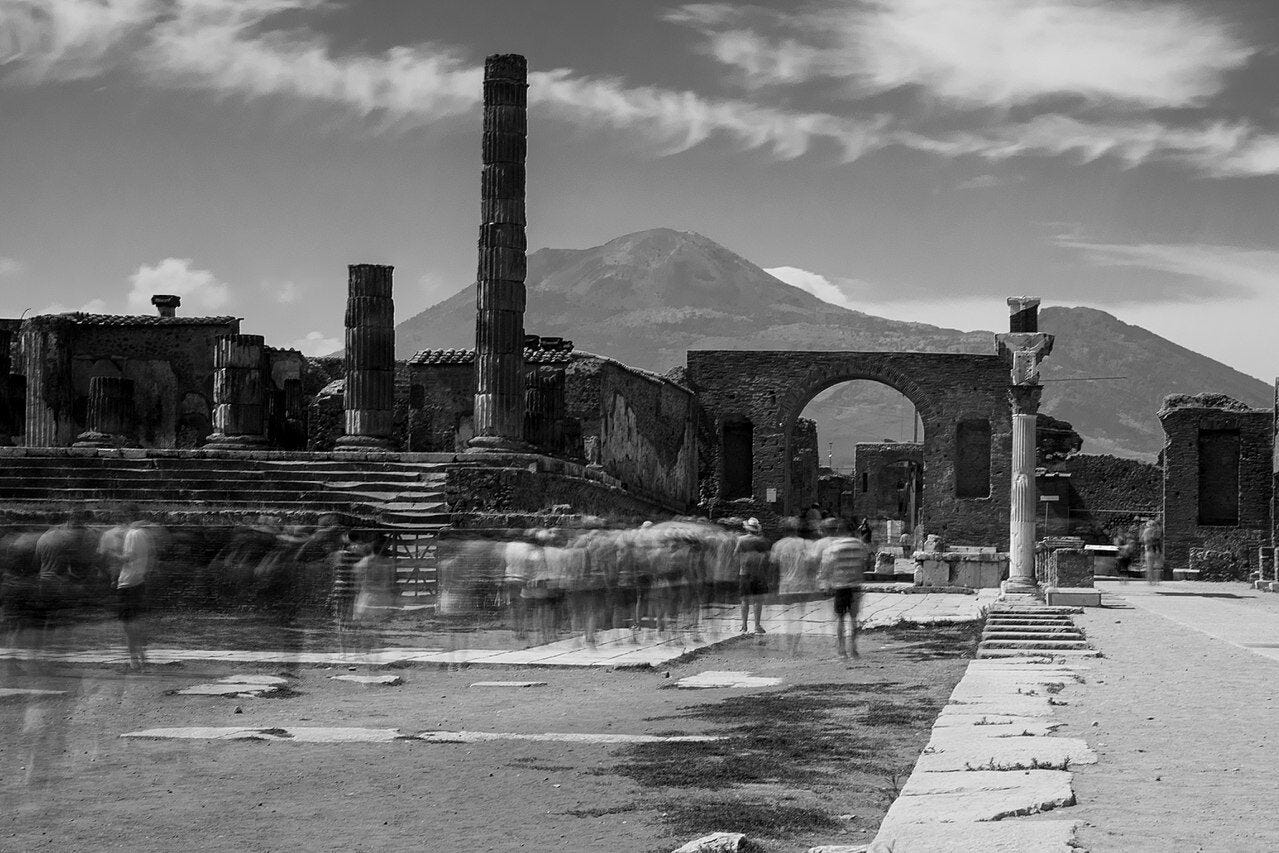
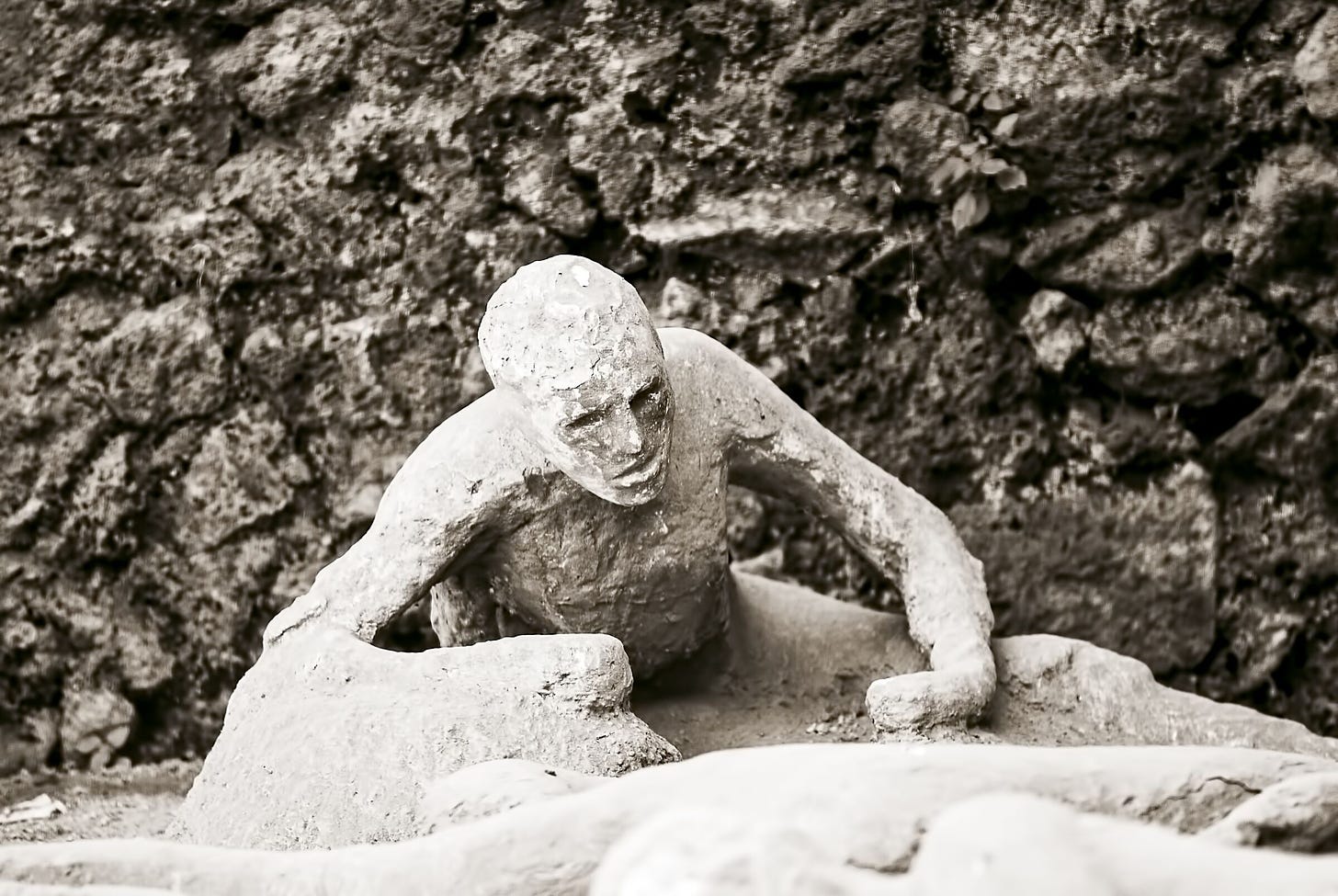
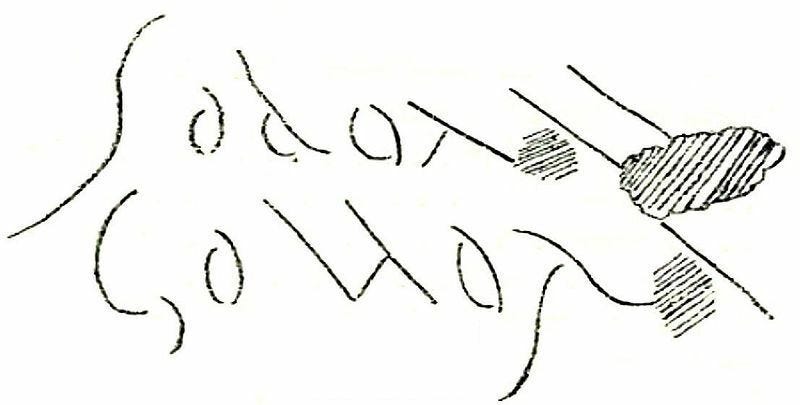
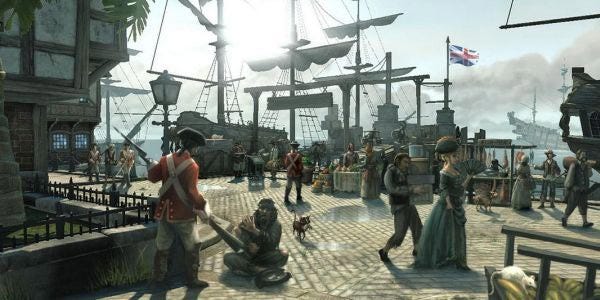
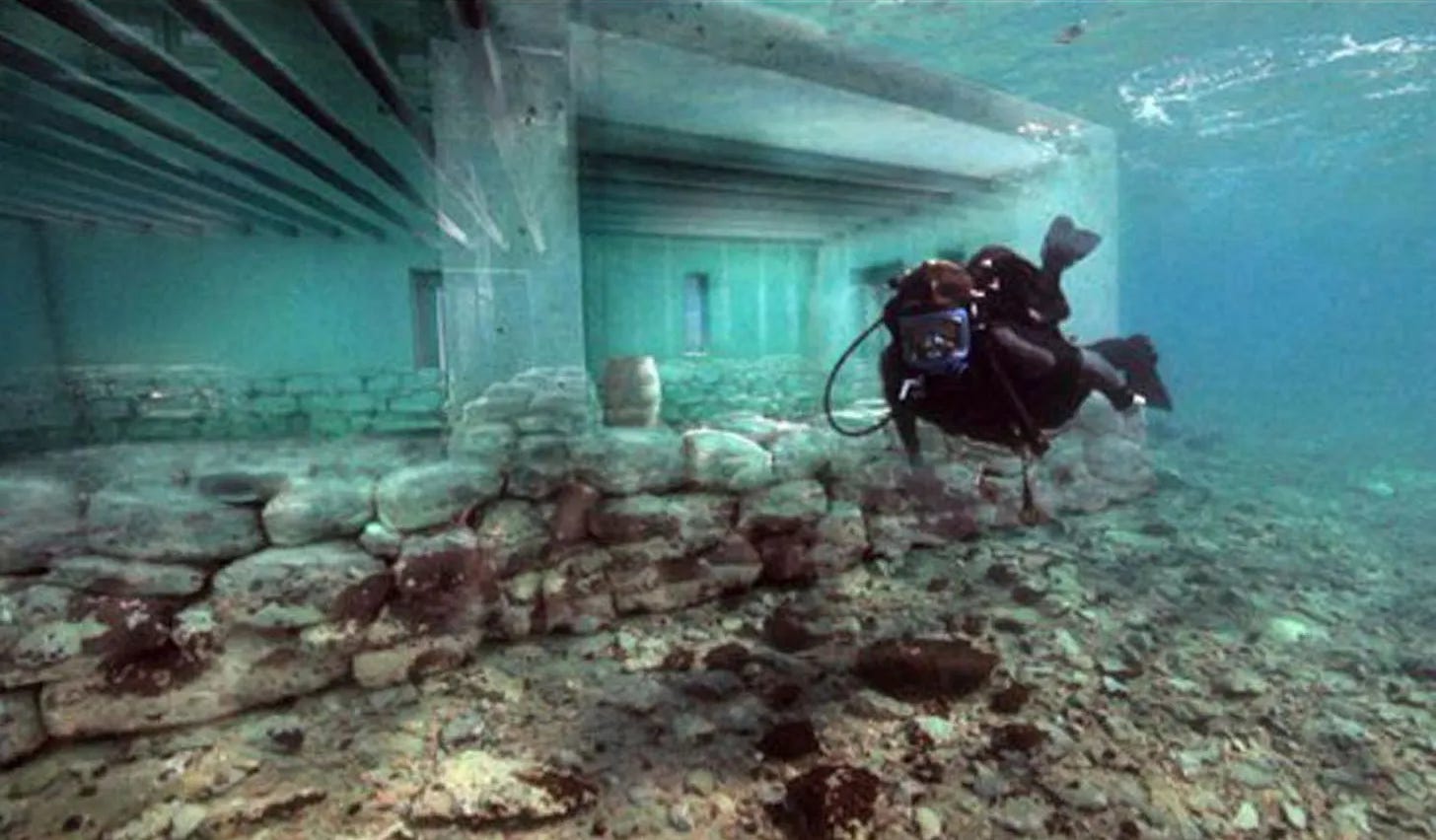
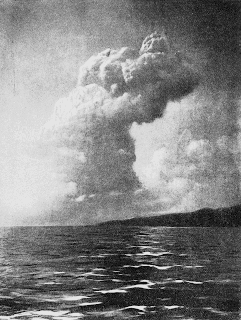












God needs to destroy more the trouble is that will be most cities and villages world wide.
Father Joe, thank you for this most insightful and shocking report. God bless and Mary keep you!